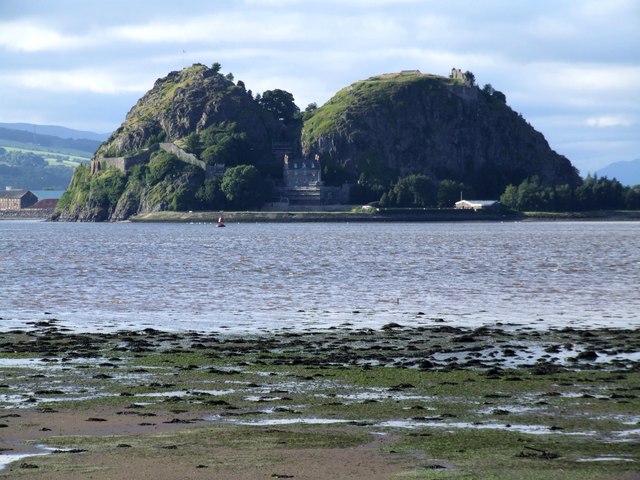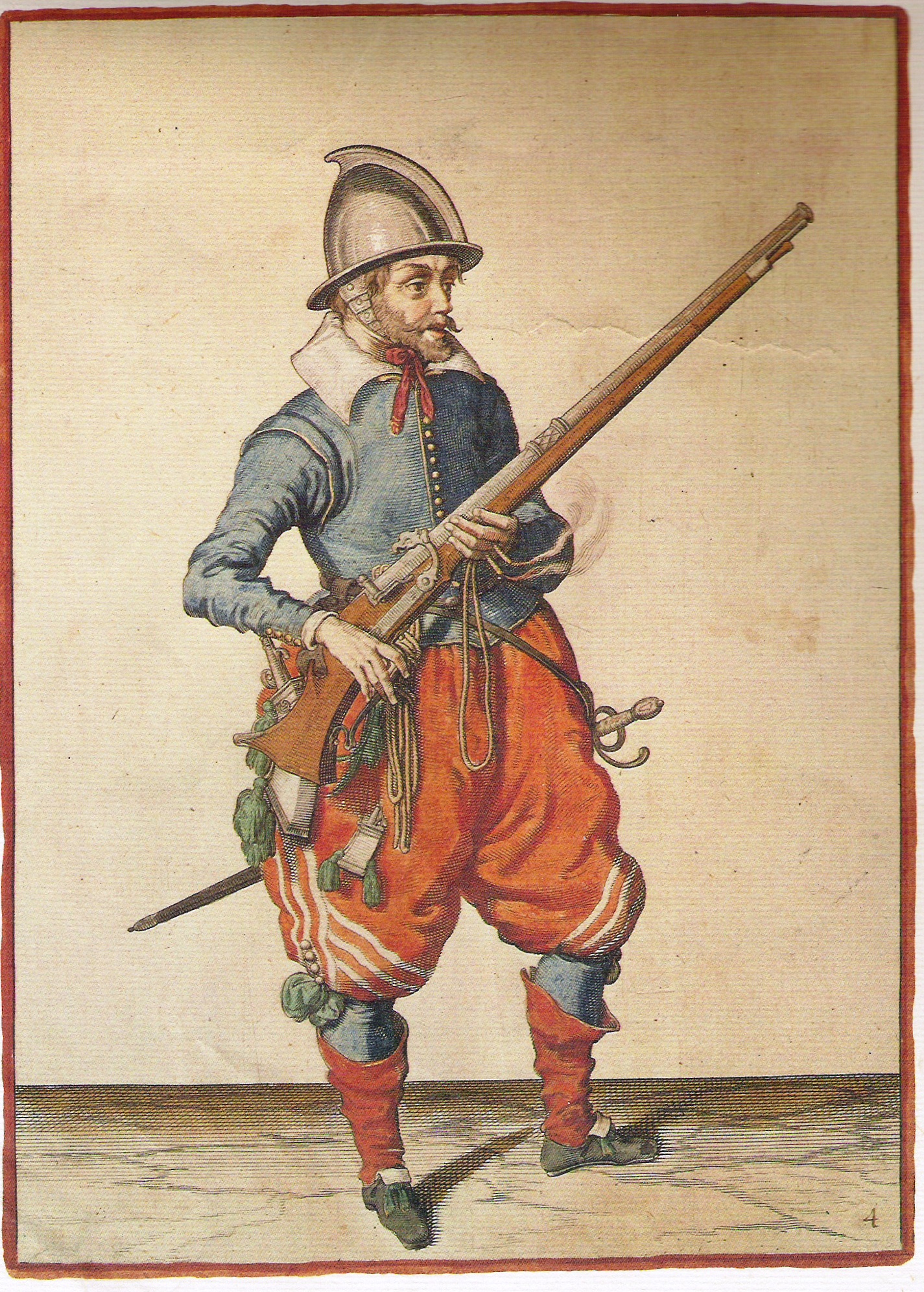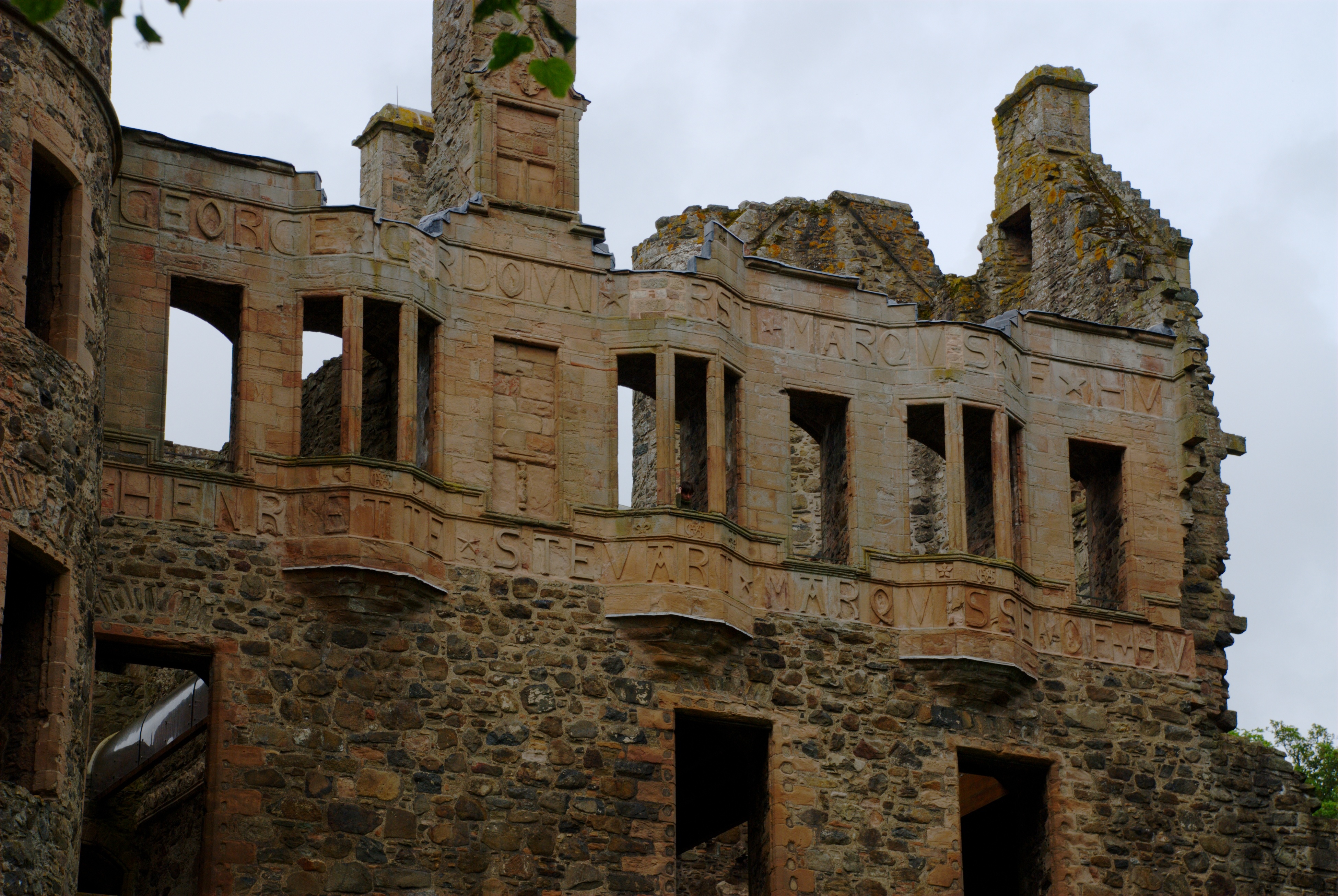|
Battle Of Craibstone
The Battle of Craibstone was fought on 20 November 1571 between Clan Gordon and the Clan Forbes on an area that has now been constructed over, found in central Aberdeen, Scotland. It was part of the Marian civil war in which the Clan Forbes supported the King James VI and the Clan Gordon supported Mary, Queen of Scots. So called due to its proximity to Craibstone Croft, the battle was won by the Gordons who forced the Forbes into retreat in approximately one hour with the loss of sixty men. According to news of the battle sent to John Lesley, the secretary of Mary, Queen of Scots, the number of casualties was three-score, 60 men, on each side, and the son of Lord Forbes, Alexander Master of Forbes, was imprisoned at Huntly Castle. According to the chronicle ''Diurnal of Occurrents'', the Master of Forbes accompanied by Captains Chisholm and Wedderburn marched from Cowie to Aberdeen on 20 November 1571. Chisholm and Wedderburn, the Regent's men, commanded two bands of musketeers ... [...More Info...] [...Related Items...] OR: [Wikipedia] [Google] [Baidu] |
Marian Civil War
The Marian civil war in Scotland (1568–1573) was a period of conflict which followed the abdication of Mary, Queen of Scots, and her escape from Lochleven Castle in May 1568. Those who ruled in the name of her infant son James VI fought against the supporters of the Queen, who was exiled in England. Edinburgh Castle, which was garrisoned in her name, became the focus of the conflict and surrendered only after an English intervention in May 1573. The conflict in 1570 was called an "intestine war in the bowels of this commonwealth", and the period was called soon after an "intestine war driven by questions against authority." Queen's men and King's men The supporters of Queen Mary had popular international support for what was seen as the legitimate cause of supporters of an unjustly deposed monarch. The King's party claimed that their cause was a war of religion, like that in France, and that they were fighting for the Protestant cause. Mary had escaped from her imprisonment in ... [...More Info...] [...Related Items...] OR: [Wikipedia] [Google] [Baidu] |
Crabstane Of Aberdeen
The Crabstane (alt. ''Crabs Stone'', ''Craibstone'', ''Craib Stone'', ''Craibstane'' or ''Crabe Stone'') is a boundary stone that used to mark out part of Craibstone Croft which was located near Hardgate, Aberdeen. The stone has a plaque above it with the inscription as follows: ''The Crabstane. Boundary stone on lands belonging to John Crab, Baillie of the Burgh in 1314.'' ''The stone also marks the site of the skirmish in 1571 between the rival families of Gordon and Forbes and of an engagement in 1644 between the citizens of Aberdeen and the Royalist forces of the Marquis of Montrose.'' The skirmish refers to the Battle of Craibstone The Battle of Craibstone was fought on 20 November 1571 between Clan Gordon and the Clan Forbes on an area that has now been constructed over, found in central Aberdeen, Scotland. It was part of the Marian civil war in which the Clan Forbes supp ... on 20 November 1571. References {{coord, 57.142919, N, 2.108102, W, type:landmark_region: ... [...More Info...] [...Related Items...] OR: [Wikipedia] [Google] [Baidu] |
Conflicts In 1571
Conflict may refer to: Arts, entertainment, and media Films * ''Conflict'' (1921 film), an American silent film directed by Stuart Paton * ''Conflict'' (1936 film), an American boxing film starring John Wayne * ''Conflict'' (1937 film), a Swedish drama film directed by Per-Axel Branner * ''Conflict'' (1938 film), a French drama film directed by Léonide Moguy * ''Conflict'' (1945 film), an American suspense film starring Humphrey Bogart * ''Catholics: A Fable'' (1973 film), or ''The Conflict'', a film starring Martin Sheen * ''Judith'' (1966 film) or ''Conflict'', a film starring Sophia Loren * ''Samar'' (1999 film) or ''Conflict'', a 1999 Indian film by Shyam Benegal Games * ''Conflict'' (series), a 2002–2008 series of war games for the PS2, Xbox, and PC * ''Conflict'' (video game), a 1989 Nintendo Entertainment System war game * '' Conflict: Middle East Political Simulator'', a 1990 strategy computer game Literature and periodicals * ''Conflict'' (novel) ... [...More Info...] [...Related Items...] OR: [Wikipedia] [Google] [Baidu] |
16th-century Scottish Clan Battles
The 16th century begins with the Julian year 1501 ( MDI) and ends with either the Julian or the Gregorian year 1600 ( MDC) (depending on the reckoning used; the Gregorian calendar introduced a lapse of 10 days in October 1582). The 16th century is regarded by historians as the century which saw the rise of Western civilization and the Islamic gunpowder empires. The Renaissance in Italy and Europe saw the emergence of important artists, authors and scientists, and led to the foundation of important subjects which include accounting and political science. Copernicus proposed the heliocentric universe, which was met with strong resistance, and Tycho Brahe refuted the theory of celestial spheres through observational measurement of the 1572 appearance of a Milky Way supernova. These events directly challenged the long-held notion of an immutable universe supported by Ptolemy and Aristotle, and led to major revolutions in astronomy and science. Galileo Galilei became a champion ... [...More Info...] [...Related Items...] OR: [Wikipedia] [Google] [Baidu] |
Richard Bannatyne
Richard Bannatyne (died 1605) was a Scottish clergyman and scribe who served as secretary to John Knox. His place in history is substantiated in his role as the compiler of the historical record, Memorials of Transactions in Scotland from 1569 to 1573'. References Further reading * 16th-century births 1605 deaths Year of birth unknown Place of birth unknown Date of death unknown Place of death unknown 16th-century Scottish writers 16th-century male writers 17th-century Scottish writers 17th-century Scottish clergy 17th-century male writers {{UK-Christian-clergy-stub ... [...More Info...] [...Related Items...] OR: [Wikipedia] [Google] [Baidu] |
Musketeer
A musketeer (french: mousquetaire) was a type of soldier equipped with a musket. Musketeers were an important part of early modern warfare particularly in Europe as they normally comprised the majority of their infantry. The musketeer was a precursor to the rifleman. Muskets were replaced by rifles as the almost universal firearm for modern armies during the period 1850 to 1860. The traditional designation of "musketeer" for an infantry private survived in the Imperial German Army until World War I. Asia China The hand cannon was invented in China in the 12th century and was in widespread use there in the 13th century. It spread westward across Asia during the 14th century. Arquebusiers and musketeers were utilized in the armies of the Ming (1368–1644) and Qing dynasties (1644–1911). Zhao Shizhen's book of 1598 AD, the ''Shenqipu'', contains illustrations of Ottoman Turkish and European musketeers together with detailed diagrams of their muskets.Needham, Volume 5, Par ... [...More Info...] [...Related Items...] OR: [Wikipedia] [Google] [Baidu] |
General Register House
General Register House is an Adam style neoclassical building on Princes Street, Edinburgh, purpose built by Robert Adam between 1774 and 1788 as the headquarters of the National Archives of Scotland. It is a Category A listed building. Architecture The building is a quadrangle in shape, built in ashlar of polished cream-coloured sandstone, with two storeys and a raised basement. The ground floor, and both storeys of the pavilions, are arcaded with timber-framed sash windows of twelve panes and decorated with a base course and an impost course. On the first floor storey is a cill course, a cornice, and a blocking course. The corners and the centre of each of the sides has a projecting taller pavilion consisting of one bay, with one window on each storey, with those at the building's corner topped with a square base supporting a cupola and freestanding columns at each angle. The corner towers at the front carry a weather vane and a clock; while the corresponding openings on ... [...More Info...] [...Related Items...] OR: [Wikipedia] [Google] [Baidu] |
Huntly Castle
Huntly Castle is a ruined castle north of Huntly in Aberdeenshire, Scotland, where the rivers Deveron and Bogie meet. It was the ancestral home of the chief of Clan Gordon, Earl of Huntly. There have been four castles built on the site that have been referred to as Huntly Castle, Strathbogie Castle or Peel of Strathbogie. Location Huntly Castle was built on the crossing of the rivers Deveron and Bogie, north of Huntly and roughly 40 miles from Aberdeen. The original wooden castle was built on a motte. The second castle, made of stone, was built on the northern end of the bailey. The third and modern castles were built to the east of the original, at the southern end of the estate. History The castle was originally built by Duncan II, Earl of Fife, on the Strathbogie estate sometime around 1180 and 1190. The castle became known as the Peel of Strathbogie. The Earl Duncan's third son, David, inherited the Strathbogie estate and later, through marriage, became earls of Atholl ar ... [...More Info...] [...Related Items...] OR: [Wikipedia] [Google] [Baidu] |
William Forbes, 7th Lord Forbes
William Forbes, 7th Lord Forbes (1513-1593) was a Scottish landowner. William was the son of John, 6th Lord Forbes and Christian Lundie. His eldest son John, Master of Forbes, and his half-brother "Black" Arthur Forbes signed a band on 27 April 1560 at Edinburgh with other Scottish nobles committing themselves to Protestant reformation, and to join with the English army sent to expel French troops from Scotland. In July 1568 Forbes was at Largs with the Earl of Argyll and with others signed a letter to the Duke of Alva complaining of the treatment of Mary, Queen of Scots in England, and asking him to write to Philip II of Spain to petition Elizabeth I of England and to send troops into Scotland against their enemies. Despite this, William was reckoned by English diplomats to be a friend to England. He took sides against the supporters Mary, Queen of Scots in the Marian Civil War. The Earl of Huntly sent troops against him in October 1571, and the king's side sent 200 men to aid h ... [...More Info...] [...Related Items...] OR: [Wikipedia] [Google] [Baidu] |
John Lesley
John Lesley (or Leslie) (29 September 1527 – 31 May 1596) was a Scottish Roman Catholic bishop and historian. His father was Gavin Lesley, rector of Kingussie, Badenoch. Early career He was educated at the University of Aberdeen, where he took the degree of M.A. In 1538 he obtained a dispensation permitting him to hold a benefice, notwithstanding his being a natural son, and in June 1546 he was made an acolyte in the cathedral church of Aberdeen, of which he was afterwards appointed a canon and prebendary. He also studied at Poitiers, at Toulouse and at Paris, where he was made doctor of laws in 1553. In 1558 he took orders and was appointed Official of Aberdeen, and inducted into the parsonage and prebend of Oyne. At the Reformation Lesley became a champion of Catholicism. He was present at the disputation held in Edinburgh in 1561, when Knox and Willox were his antagonists. He was one of the commissioners sent the same year to bring over the young Mary, Queen of Scot ... [...More Info...] [...Related Items...] OR: [Wikipedia] [Google] [Baidu] |
Mary, Queen Of Scots
Mary, Queen of Scots (8 December 1542 – 8 February 1587), also known as Mary Stuart or Mary I of Scotland, was Queen of Scotland from 14 December 1542 until her forced abdication in 1567. The only surviving legitimate child of James V of Scotland, Mary was six days old when her father died and she inherited the throne. During her childhood, Scotland was governed by regents, first by the heir to the throne, James Hamilton, Earl of Arran, and then by her mother, Mary of Guise. In 1548, she was betrothed to Francis, the Dauphin of France, and was sent to be brought up in France, where she would be safe from invading English forces during the Rough Wooing. Mary married Francis in 1558, becoming queen consort of France from his accession in 1559 until his death in December 1560. Widowed, Mary returned to Scotland in August 1561. Following the Scottish Reformation, the tense religious and political climate that Mary encountered on her return to Scotland was further agitated by pro ... [...More Info...] [...Related Items...] OR: [Wikipedia] [Google] [Baidu] |
Aberdeenshire
Aberdeenshire ( sco, Aiberdeenshire; gd, Siorrachd Obar Dheathain) is one of the 32 Subdivisions of Scotland#council areas of Scotland, council areas of Scotland. It takes its name from the County of Aberdeen which has substantially different boundaries. The Aberdeenshire Council area includes all of the area of the Counties of Scotland, historic counties of Aberdeenshire and Kincardineshire (except the area making up the City of Aberdeen), as well as part of Banffshire. The county boundaries are officially used for a few purposes, namely land registration and Lieutenancy areas of Scotland, lieutenancy. Aberdeenshire Council is headquartered at Woodhill House, in Aberdeen, making it the only Scottish council whose headquarters are located outside its jurisdiction. Aberdeen itself forms a different council area (Aberdeen City). Aberdeenshire borders onto Angus, Scotland, Angus and Perth and Kinross to the south, Highland (council area), Highland and Moray to the west and Aber ... [...More Info...] [...Related Items...] OR: [Wikipedia] [Google] [Baidu] |






